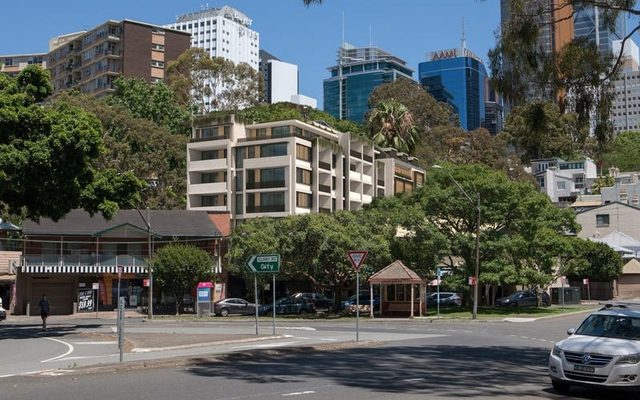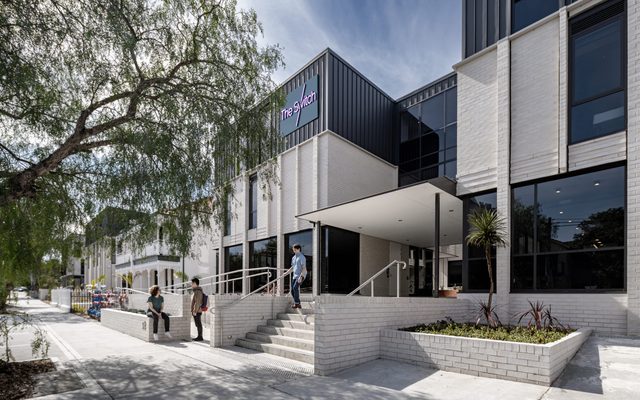This article is from the Australian Property Journal archive
THE growing portion of Generation Y in Australia’s residential market will drive an appetite demand for apartments and units over the next decade, and an increasing number of people looking to rent will support demand for investment stock, according to BIS Oxford Economics.
The analyst’s Emerging Trends in Residential Market Demand report, which looks at Census data over the past 25 years, shows there has been rapid population growth among 20 to 34-year olds, driven by a combination of the natural movement of Generation Y into the age group, and strong net overseas migration inflows, helping to support the apartment construction boom over past several years.
This surge in 20 to 34-year olds will translate to an acceleration in household growth of those in their late 30s and early 40s. Senior manager, residential property at BIS Oxford Economics, Angie Zigomanis said that by this stage, Generation Y will be increasingly coupling up and moving into the family-forming stage of life, and many will be looking to purchase a dwelling, most likely larger dwellings such as detached houses or townhouses, or family-friendly apartments.
The 2016 Census showed households with children comprise 70% of households with a household head aged 35 to 49, and 36% of 20 to 34-year old households. Around 76% of households in the 35 to 49 bracket live in separate houses, up from 59% in the 20 to 34 group, while around 41% of 20 to 34-year old households either fully own or are paying a mortgage on their dwelling, up to 66% of 35 to 49-year old households.
“If Generation Y follows the trend of the previous generation and eschews renting and favour larger dwellings as they enter the family-forming age of life, then this will support a decade-long boom in demand for new houses and land in the new housing estates on the outskirts of Australia’s major cities and affordable major regional centres.
“Pressure is also likely to be maintained on house prices in established areas, as competition remains strong for Generation Y families looking to remain in the established areas where they have already been living and renting in smaller apartments,” he added.
There is evidence that people are staying in apartments and townhouses longer. In Sydney, 53% of households aged 35 to 39-years old, and 49% of households where all children were at a pre-school age, now live in these smaller dwellings. Households have typically favoured townhouses over apartments, but Sydney, and to a lesser extent Melbourne, has seen an acceleration in the take-up of apartments by both groups since 2011.
This trend has been similar, but on a smaller scale, in Brisbane, Adelaide and Perth.
“It is likely that rising house prices and decreasing housing affordability in the most desirable locations in the capital cities are causing an increasing trade-off for some couples and family buyers between price, size of dwelling, and location, with many seeking smaller and more affordable dwellings to remain close to their desired location,” Zigomanis said.
The multi-unit dwelling construction boom has largely been investment-driven, with design being geared toward Generation Y renters living as singles, couples without children, and in share households.
“To meet the potential growing number of Generation Y families in established areas, multi-unit dwellings will need to be designed to be more appropriate to family life, offering more space, both indoor and some outdoor, or located adjacent to public outdoor spaces,” he continued.
The growing demand for smaller dwellings from Generation Y over the next decade will be apparent across all capital cities, but most pronounced in the more expensive Sydney and Melbourne markets.
Detached houses are still the preferred option for young families, which will continue to underpin demand for new housing on suburban fringes, and established housing in urban areas. Townhouse demand is likely to strengthen, offering the best compromise between dwelling size and location, and more affordable than houses.
Strong demand is expected for new separate houses in Brisbane, Adelaide and Perth, as people enter their late 30s and 40s.
Generation Z, following Generation Y, is a similar size, meaning the rate of population growth in the 20 to 34-year old age cohort will slow “considerably” through the next decade.
This will temper the growth in tenant demand seen over the past decade, although with Generation Y continuing to live in multi-unit dwellings and rent at an increasing rate, this should result in a further increase in supply of tenants to occupy investment apartments.
Meanwhile, the 65-plus year old age group will experience the greatest rate of household growth over the next decade, but the rate of downsizing by this group has been “glacial” – according to the report, there has only been a modest increase in the percentage of households in the group living in multi-unit dwellings between the 2011 and 2016 Censuses.
Between this and the strong growth of households within this age cohort, there will still be a rising demand for downsizer-friendly dwellings. The percentage of households leading into retirement, taking in 50to 64-year olds, that have a mortgage increased from 20% in 1996 to 42% in 2016, with a corresponding fall in the share that fully own their home.
“This would suggest that households will increasingly still have a mortgage once the occupants reach retirement age,” Zigomanis said. “Unless the occupants elect to remain in the labour force, there will be an increasing number who are likely to sell out of their dwelling upon retirement to move elsewhere or into a lower priced smaller dwelling to reduce their debt.”
Australian Property Journal




